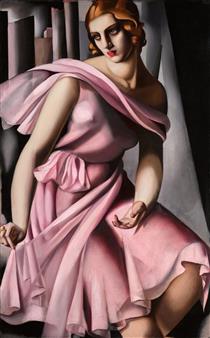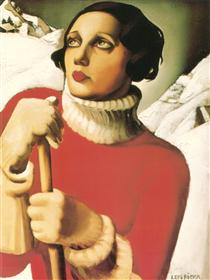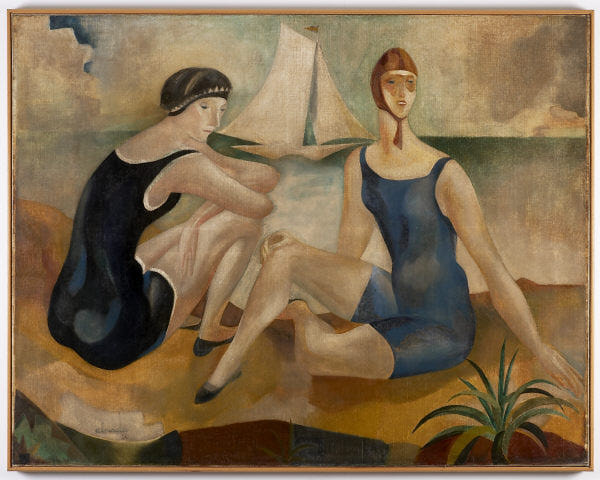Theatre decoration is a fascinating and multifaceted subject that blends art, design, and functionality to create immersive environments for storytelling. If you’re looking to dive deep into this realm, you’ve come to the right place. In this comprehensive guide, we’ll explore various aspects of theatre decoration, share personal experiences, and provide practical tips to aid your studies. Whether you’re a student, a designer, or just a curious enthusiast, this article will serve as a valuable resource. Let’s embark on this journey together!
Understanding Theatre Decoration
Theatre decoration encompasses various elements that contribute to the overall aesthetic and thematic experience of a performance. From set design to props and costumes, each component plays a crucial role. To understand theatre decoration, it’s essential to explore the following key aspects:
1. The Importance of Set Design
Set design is pivotal in creating the world of the play. It helps to establish the mood, time, and place, allowing the audience to immerse themselves fully in the unfolding story. Here are some critical components of effective set design:
- Concept Development
- Material Selection
- Audience Perspective
- Integration with Lighting and Sound
2. Key Elements of Theatre Decoration
In theatre decoration, several elements come together to create a cohesive look. Below are some of the most vital components:

| Element | Description |
|---|---|
| Stage Design | The physical arrangement on stage that reflects the play’s setting. |
| Props | Objects used on stage to enhance storytelling. |
| Costuming | Clothing that reflects the characters and era of the play. |
| Lighting Design | Illumination that sets the mood and highlights action. |
| Sound Design | Audio elements that support the narrative and atmosphere. |
Studying Theatre Decoration Techniques
Learning the techniques of theatre decoration involves both theoretical knowledge and hands-on practice. Here are some techniques that you can focus on to enhance your understanding and skills:

1. Research and Analysis
Before diving into any design project, it’s essential to conduct thorough research. Analyze existing theatre productions and their decoration styles. Consider the following:
- Historical Context
- Influence of Cultural Backgrounds
- Comparison of Different Genres
2. Conceptual Design Sketches
Creating sketches is an excellent way to visualize your ideas. You can experiment with different layouts, color schemes, and materials. Use software tools or traditional methods to bring your concepts to life.

3. Model Making
Building scale models of your set design is an effective way to see how your ideas translate into three-dimensional space. This method allows you to assess proportions and spatial relationships before the actual implementation.
Tools for Model Making
| Tool | Purpose | Pros | Cons |
|---|---|---|---|
| Cardboard | Basic structure | Inexpensive, easy to cut | Limited durability |
| Foam Core | Detailed design | Lightweight, easy to shape | Can be more expensive |
| 3D Software | Digital modeling | Highly detailed, varied options | Steeper learning curve |

Practical Tips for Studying Theatre Decoration
Studying theatre decoration can be overwhelming, but with the right approach, you can streamline your learning process. Here are some practical tips that I’ve found helpful in my journey:
1. Collaborate with Others
Engaging with fellow students and professionals can broaden your perspective. Participate in workshops, join clubs, or intern with local theatre companies to gain collaborative experience.

2. Visit Theatres and Exhibitions
Nothing beats real-world experience. Visiting theatres allows you to observe how professionals implement their designs. If possible, attend exhibitions related to theatre arts to gather inspiration.
3. Keep a Journal
Documenting your thoughts, insights, and sketches can be incredibly beneficial. It allows you to track your growth over time and revisit ideas for future projects.

Personal Experience: My Journey in Theatre Decoration
As someone who has immersed themselves in the world of theatre decoration, I can attest to the incredible learning experience it provides. My initial foray into this field was during my college days, where I had the opportunity to work on student productions. Here are some memorable lessons I learned:
1. Embrace Creativity
One of my favorite moments was designing a set for a whimsical play. I realized that embracing creativity, even in unconventional ways, can lead to innovative solutions that enhance storytelling.
2. Learn from Mistakes
Not every design will turn out as you envisioned. I remember a project where my color choices clashed horribly. Instead of seeing this as a failure, I learned the importance of color theory and audience perception.
3. The Power of Feedback
Receiving feedback from peers and instructors has been invaluable. It opened my eyes to new ideas and helped me refine my designs for better impact.
Comparative Analysis: Traditional vs. Modern Theatre Decoration
Understanding different styles of theatre decoration helps you appreciate the evolution of theatre art. Below is a comparative analysis of traditional and modern theatre decoration:
| Aspect | Traditional Theatre Decoration | Modern Theatre Decoration |
|---|---|---|
| Materials | Wood, fabric, and metal | Sustainable materials, digital projections |
| Design Philosophy | Realism and historical accuracy | Abstract and conceptual |
| Technology | Limited use of tech | Advanced lighting and sound systems |
| Audience Interaction | Passive observers | Engagement through immersive experiences |
FAQs About Studying Theatre Decoration
1. What qualifications do I need to study theatre decoration?
While formal qualifications can be beneficial, hands-on experience and a passion for the art can often be more important. Many successful theatre decorators come from diverse backgrounds, including art, design, and architecture.
2. How can I build a portfolio for theatre decoration?
Start by documenting your projects, sketches, and models. Collaborate on community theatre productions or create your own projects to showcase your range of skills. A well-organized portfolio can make a significant difference when applying for positions or internships.
3. Are there specific schools or programs that specialize in theatre decoration?
Yes, many universities and art schools offer specialized programs in theatre design or production. Researching programs that emphasize practical experience and have strong connections in the industry can enhance your learning opportunities.
4. How do I stay updated on trends in theatre decoration?
Follow industry blogs, attend conferences, and participate in workshops. Networking with professionals in the field can also provide insights into emerging trends and technologies.
Conclusion
Studying theatre decoration is an enriching experience that invites creativity, collaboration, and innovation. By understanding the key components, exploring various techniques, and learning from personal experiences, you can pursue a fulfilling journey in this dynamic field. Remember, every production is an opportunity to tell a story, and your role as a decorator is to create the backdrop for that narrative. Embrace the journey, and enjoy every moment of it!